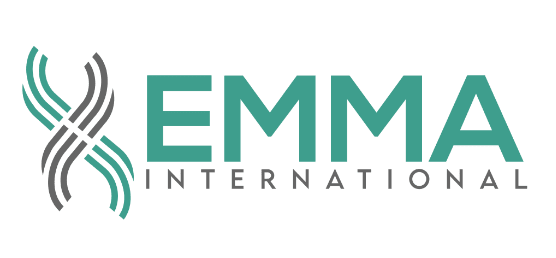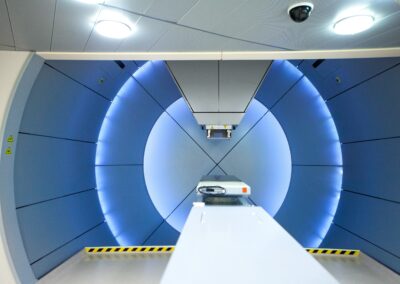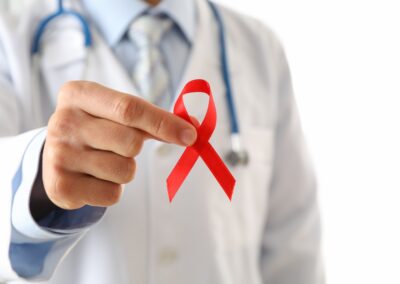For several years there has been quite the buzz in the Med Device Industry about the potential harmonization between ISO 13485:2016 and 21 CFR § 820. Although the topic has been on the table since 2018, when the FDA first proposed the plan, in 2021 there will likely be more substantial steps made to complete the harmonization.
The harmonization between ISO 13485 and the QSR would be beneficial to medical device manufacturers for many reasons. From a business perspective, the harmonization with ISO 13485 would offer more opportunities for foreign market expansion and global QMS cohesiveness. Additionally, the FDA has reported that the harmonization effort will make 820 QMS principles more robust in certain areas[1] One of these areas is risk management. Not only will the 13485 harmonization introduce stronger ties to risk management, but it will also create a closer alignment to ISO 14971.
For US medical device manufacturers that have always aligned with 21 CFR 820, the conversion to ISO 13485 will not come easily. Although mapping between the QSR and ISO 13485 has been completed and turned into an official technical report (AAMI TIR 102:2019), the hard work of implementing the harmonization will not be for the faint of heart.
I suspect that many US-based manufacturers will have to undergo extensive remediation and transition efforts, similar to the likes of the EU MDR transition. The FDA has already declared that there will be an official transition period of at least a couple of years, which even the most prepared firms may completely exhaust. Luckily, EMMA International’s technical team is ready to jump in and help your team transition to ISO 13485. Stay ahead of the curve and contact us at 248-987-4497 or email info@emmainternational.com to find out how we can help.
1 FDA (n.d.) FDA Update – Transition to ISO 13485:2016 retrieved on 07/11/2021 from: https://www.fda.gov/media/123488/download






